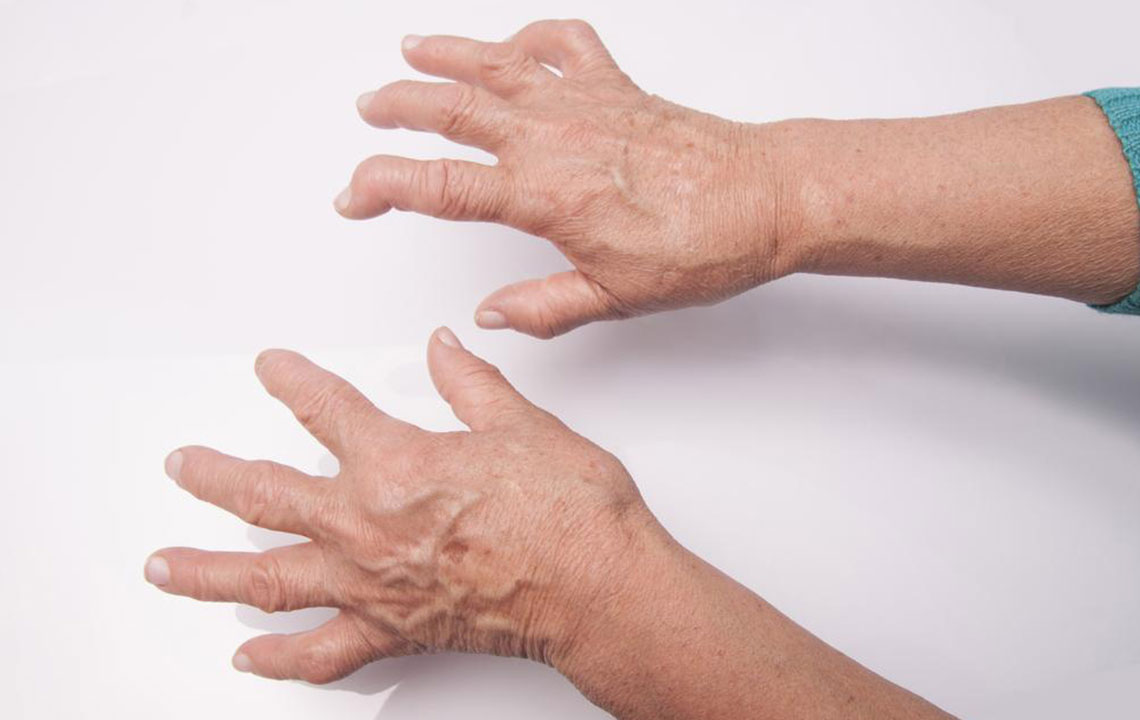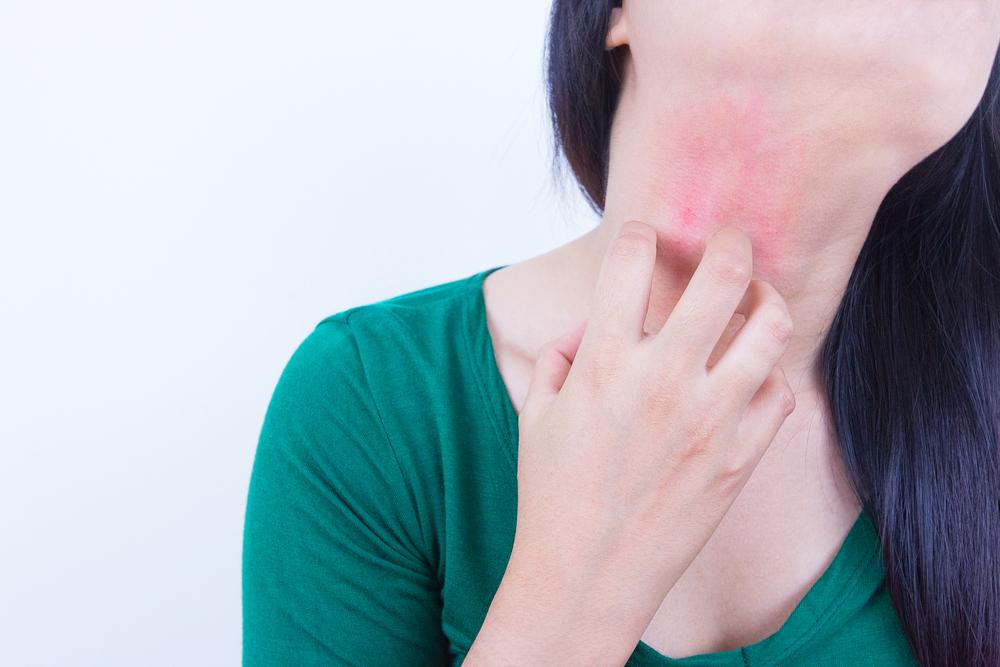Understanding Treatment Options and Prevention Strategies for Lupus
This article provides comprehensive insights into lupus treatment options and preventive measures. It emphasizes early diagnosis, differentiates lupus rashes from psoriasis, and offers lifestyle tips to manage and reduce lupus risk. Understanding symptoms and when to seek medical help is crucial for effective disease management, while lifestyle modifications and protective measures can help lower the chances of developing lupus. Stay informed with expert guidance to better navigate this complex autoimmune disorder.

Understanding Treatment Options and Prevention Strategies for Lupus
Explore effective methods for managing and preventing lupus
Lupus is a long-term autoimmune condition where the immune system mistakenly attacks healthy tissues, leading to widespread inflammation. It impacts various organs such as joints, skin, kidneys, heart, lungs, brain, and blood, and can cause permanent damage or even pose life-threatening risks. Recognizing early symptoms and adopting preventive measures are crucial for managing this disease effectively. This article highlights when to seek medical help and provides tips on minimizing lupus risk.
When should you consult a doctor for lupus symptoms?
Early detection significantly improves treatment outcomes. Prompt diagnosis allows for better management of symptoms.
Seek medical advice if you experience hair loss, joint pain, chest discomfort, skin rashes, dry mouth or eyes, unexplained fever, or muscle pain.
The healthcare professional will review your symptoms alongside your medical history.
The specialist involved varies according to affected areas, often including rheumatologists, dermatologists, or gastroenterologists.
Most lupus treatments are coordinated by rheumatologists. Depending on symptoms, other specialists may be involved for skin or gastrointestinal issues.
How to distinguish lupus skin rashes from psoriasis?
While both conditions affect the skin and joints, lupus rashes are more severe.
Lupus rashes commonly have a butterfly shape across the cheeks and nose bridge.
Psoas rashes can appear anywhere on the body with silvery scales and often itch.
Visual comparisons of both skin conditions can help differentiate their appearance.
Common lupus treatments and management strategies
Although there is no cure yet, medications can control lupus symptoms effectively. Treatment plans depend on symptom severity and affected organs.
This includes antimalarials, corticosteroids, NSAIDs, immunosuppressants, and DHEA, which can reduce specific symptoms like hair loss.
Doctors may recommend lifestyle modifications such as avoiding excessive sun exposure and high-cholesterol foods.
Dietary advice may include consuming omega-3-rich fish like salmon, tuna, and mackerel, choosing whole grains, increasing calcium intake, and eating plenty of fruits and vegetables.
Tips for preventing lupus development
While lupus prevention isn't always possible, certain measures can lower risk factors.
Limit sun exposure: Regularly apply sunscreen and avoid peak sunlight hours from 10 a.m. to 4 p.m.
Practice infection prevention: Wash hands frequently, avoid contact with sick individuals, and maintain good hygiene.
Manage stress: Techniques like meditation, yoga, and massages can reduce stress levels, which are linked to lupus triggers.
Tags - lupus skin rash images, lupus rash photos










